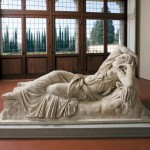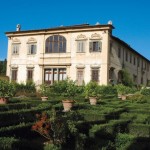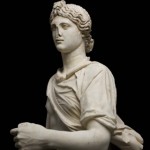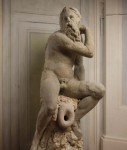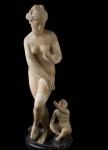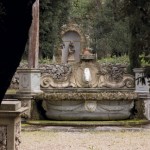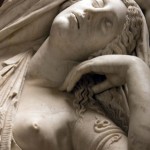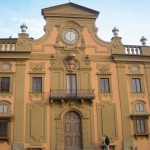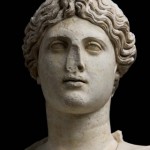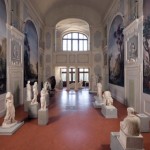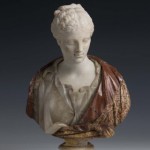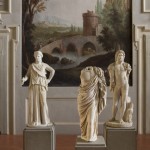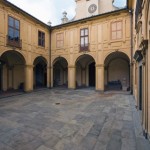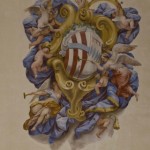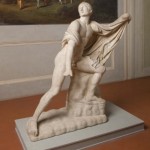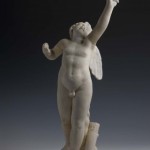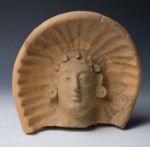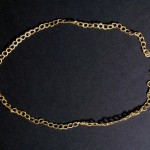The imposing and attractive baroque appearance of the Villa Corsini in Castello that we see today is actually the result of the many structural changes the house underwent for at least three hundred years.
Like Villa della Petraia, it too was originally owned by Palla Strozzi, who sold it to the Rinieri family in the first half of the 15th century. At the time, the villa displayed the simple style of a stately but nevertheless rural property, the first element to be changed by the Rinieris.
The garden especially was put in the hands of Niccolò Tribolo, the same architect who, under Eleonora of Toledo’s direction, would begin work on extending Boboli Gardens in the mid-16th century.
Previously little more than a kitchen garden with an adjoining orchard, the Villa Corsini garden was transformed into an Italian-style garden, with statues, fountains, and geometric beds. The palace was expanded, bringing together, behind a single impressive façade, the buildings of the stately palace and the annexed farmhouse.
Passing once again through various owners (for a short time it was again in the hands of the Medici family), the villa was bought at the end of the 17th century by the Corsini family, who owned it until the mid-20th century and from which it derives its name.


